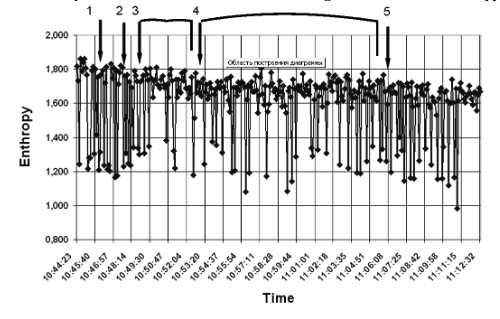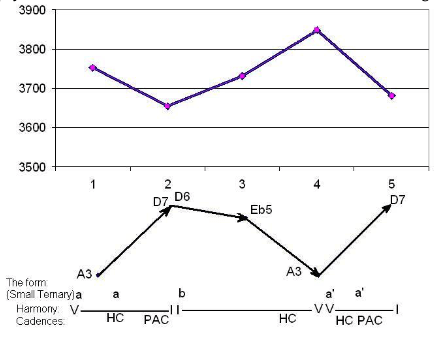ESSAY IN BIOELECTROGRAPHY OF MUSICAL ENVIRONMENT
Khannanov* I., Korotkov** K., Orlov** K.
*John Hopkins University;
** SPb University
Despite the wealth of information on structure of musical composition
gathered in musicology, music theory, cognitive musicology, theory of musical performance and ethnomusicology, the most essential aspects of music remain in darkness. It is worthy to remember the aphorism of Heraclites: “Nature likes to hide” (physeos cryptestai phylei). Emotional and pictorial content is, undoubtedly, a hidden level of musical expression/communication. There are two aspects of this hidden stratum: a psychological (dependent on the character of an individual) and an environmental (dependent on physical qualities of music as such). While psychological aspect can be studied on the body of a performer, composer or listener, the physical requires measuring and analyzing the wave-particle environment of musical performance.
Both these aspects can be researched by a variety of methods, including
computerized tomography, analysis of EEC and ECG during the performance, and direct statistic study involving test groups. However, all these methods yield results of partial importance. They do not cover the crux of musical activity which is the interaction between the body of the performer as a whole and acoustic environment as such.
In the recent development of a century-old technology of Kirlian luminescence, Dr. Konstantin Korotkov has created a clear and straightforward approach to measuring and interpreting the environmental effects of the bodies introduced into electro-magnetic field. His approach supports itself on a universally acknowledged phenomenon: luminescence of any physical body placed in the electro-magnetic field. Even without a detailed analysis of the spectrum, one can witness luminescence of human body, as well as inanimate objects, under certain environmental conditions. It is assumed that human body is capable of emitting electrons, photons, and other particles and this ability varies under both external and internal circumstances. By using the camera placed under the transparent dielectric screen covered by transparent metallic electrode one can measure the short bursts of evoked optical radiation from the fingers of a human, as well as from the so-called test-object—an inanimate sample with given electro-magnetic characteristics. The same camera, test-object and an external sensor can detect fine variations in the wave condition of the environment, induced by any physical processes. Moreover, it can register the presence of human bodies and their activity as related to the chemical and wave-particle condition of the room.
Based upon these premises, a series of experiments with musical
performance were conducted under the supervision of Dr. Korotkov. The one discussed in this paper took place at the Children’ Music School named after N. A. Rimski-Korsakov in St. Petersburg on May 22, 2009. The Tchizhevsky sensor connected to the test-object on a GVD camera has been used to register the fluctuations of the wave environment. The experiment lasted from 10.44.23am to 11.11.54am. A selection of pieces from four stylistic periods (Baroque, Classical, Romantic, and 20th-Century) has been performed by Dr. Ildar Khannanov. Dr. Korotkov organized the setting of the experiment; Mr. Dmitry Orlov provided the Tchizhevsky sensor and registered the exact time of performances.

Full text PDF: Khannanov Music


1 thought on “BIOELECTROGRAPHY OF MUSICAL ENVIRONMENT”